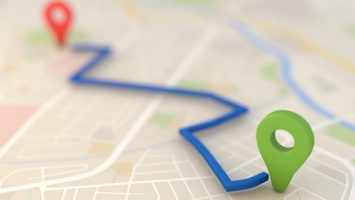
New York City’s Mayor, Bill de Blasio has released an Internet Master Plan which frames the city’s goals for the next generation of internet technology, identifies the partnerships and infrastructure required, and sets a course for ending the digital divide in New York City. According to city data, a severe digital divide currently exists – with 40% of residents lacking either mobile or home broadband service and 18% lacking both.
The plan is founded upon five principles: equity, performance, affordability, privacy, and choice. The city has determined that universal broadband will require an open access fiber optic infrastructure built out to almost every street intersection with an aggregation point in every neighborhood. Network operators will be able to extend fiber optic infrastructure from the intersection to a pole or building and deliver service by leveraging city real estate assets and public rights-of-way. It is expected that this new infrastructure will support the rapid and equitable deployment of multiple choices for service.
To achieve digital inclusivity, the city intends to:
- coordinate city processes – by building on the inter-agency contributions to the Master Plan to maintain the consistency and clarity of city policies as broadband deployment increases;
- optimize public assets – by inviting proposals for the coordinated use of public real estate assets through a new Universal Solicitation for Broadband (USB). Private operators will be able to respond with requests for assets from multiple city agencies;
- partner on infrastructure – by investing in new infrastructure that can be shared by multiple broadband operators, and leveraging public/private partnerships to install, operate, and maintain the infrastructure; and,
- enable service delivery – by supporting and promoting the use of new, shared infrastructure by broadband operators to reach more areas with more services.


